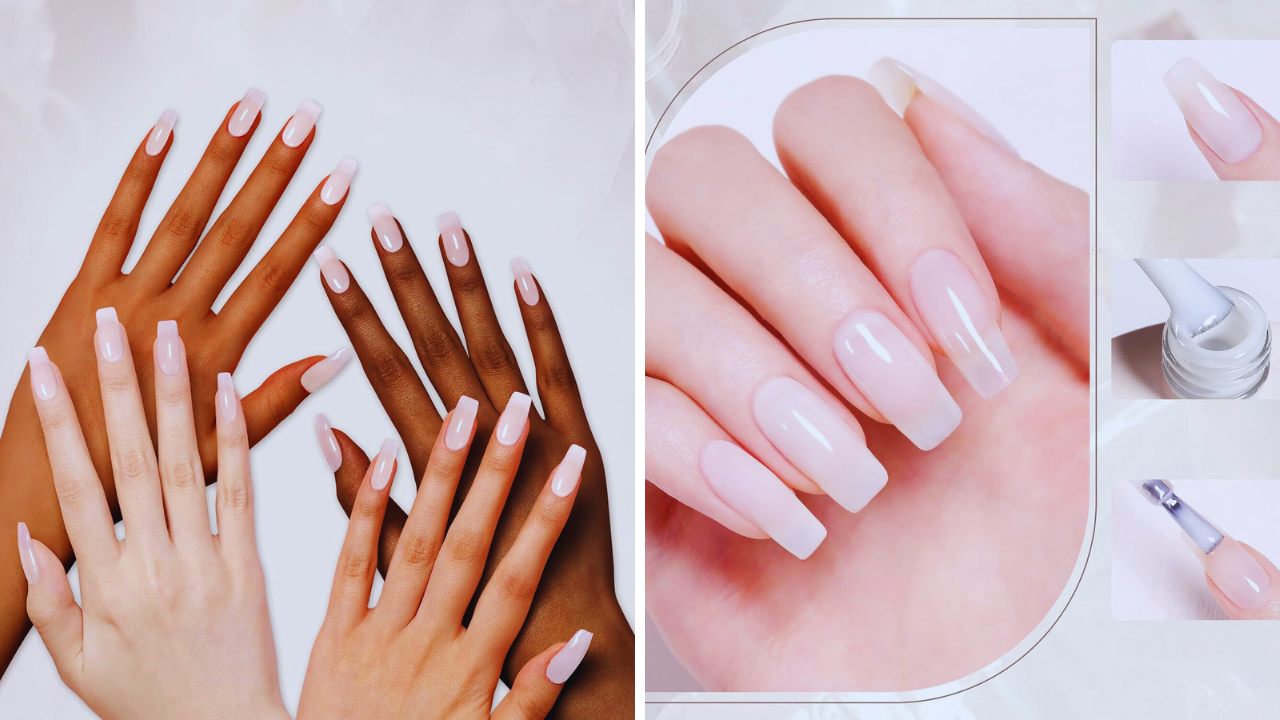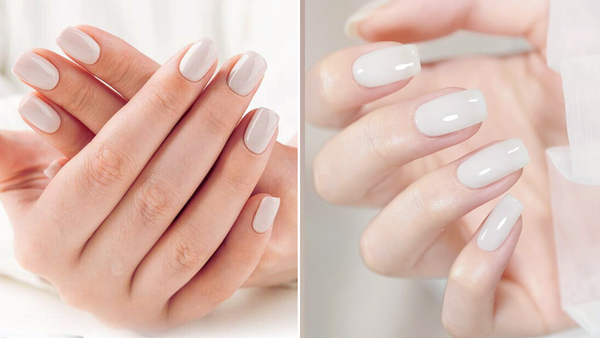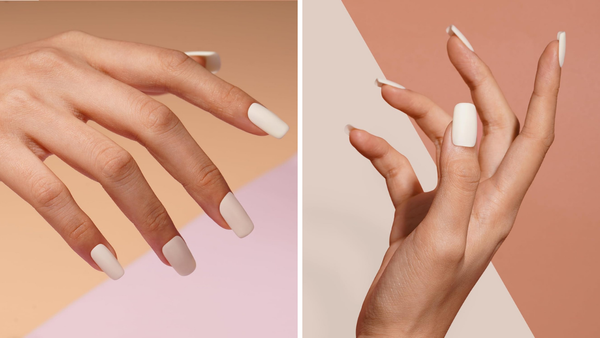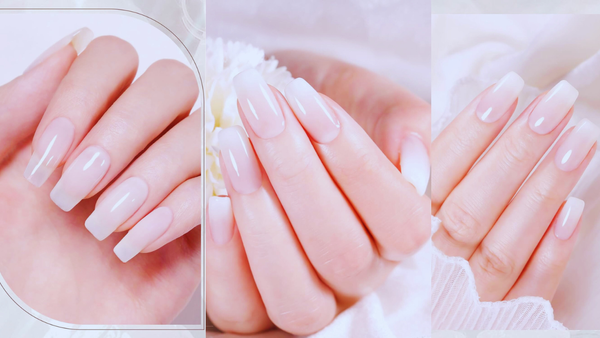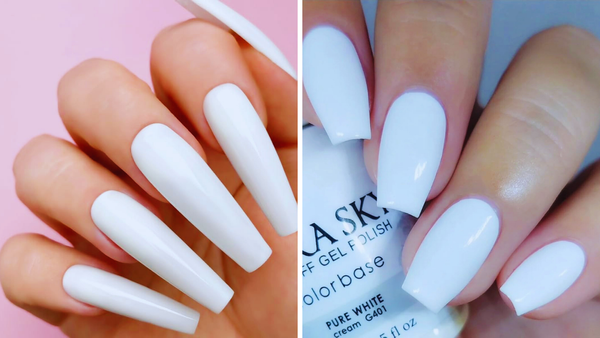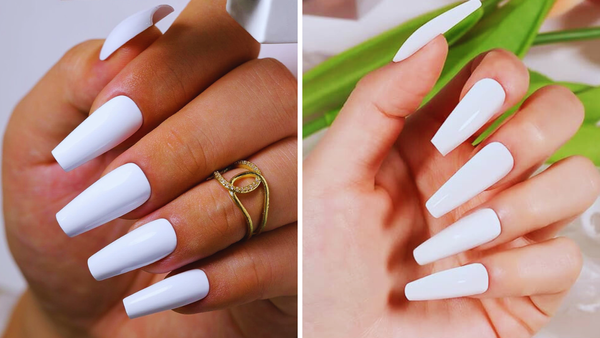Key Takeaways:
- Understanding the drying time for white gel nail polish involves knowing the difference between curing and air-drying.
- The type of lamp (UV or LED) used significantly affects the drying time of gel polish.
- Proper application techniques can influence the drying process, ensuring a long-lasting manicure.
Gel nail polish has revolutionized the world of manicures with its long-lasting shine and durability. But when it comes to white gel nail polish, one of the most common questions is: how long it takes to dry? Whether you're a nail artist or someone who loves doing their own nails at home, knowing the drying time is crucial to prevent smudging and to achieve the best results.
The Basics of Gel Nail Polish
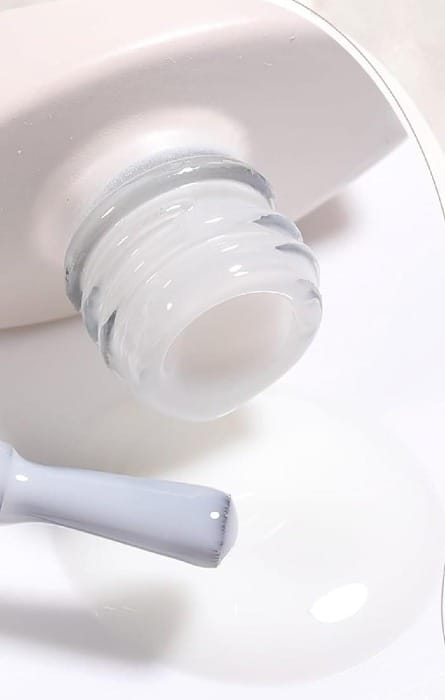
Gel nail polish is a nail lacquer that requires curing under a UV or LED lamp to dry completely. Unlike regular nail polish that air dries, gel polish undergoes a chemical process when exposed to the light, creating a hard, glossy finish. This means that the drying process is not just about waiting for the polish to set; it's about ensuring it's cured properly.
UV vs. LED Lamps: The Drying Game Changer

The type of lamp you use plays a pivotal role in the drying time of gel nail polish. UV lamps have been the traditional choice for curing gel nails, typically taking around two minutes per coat to dry. On the other hand, LED lamps offer a quicker drying time, often curing gel polish in just 30 seconds to a minute per coat. It's important to use the lamp your gel polish is compatible with for the best results.
Step-by-Step: Applying White Gel Nail Polish
Before diving into the drying time, let's discuss the application process. Start with a clean surface using an alcohol wipe to remove any residue. Apply a thin layer of gel nail base coat and cure it under the lamp. For white gel polish, you might need two coats or more to achieve an opaque look. Each coat must be cured under the lamp before applying the next one.
How Many Coats Do You Need?
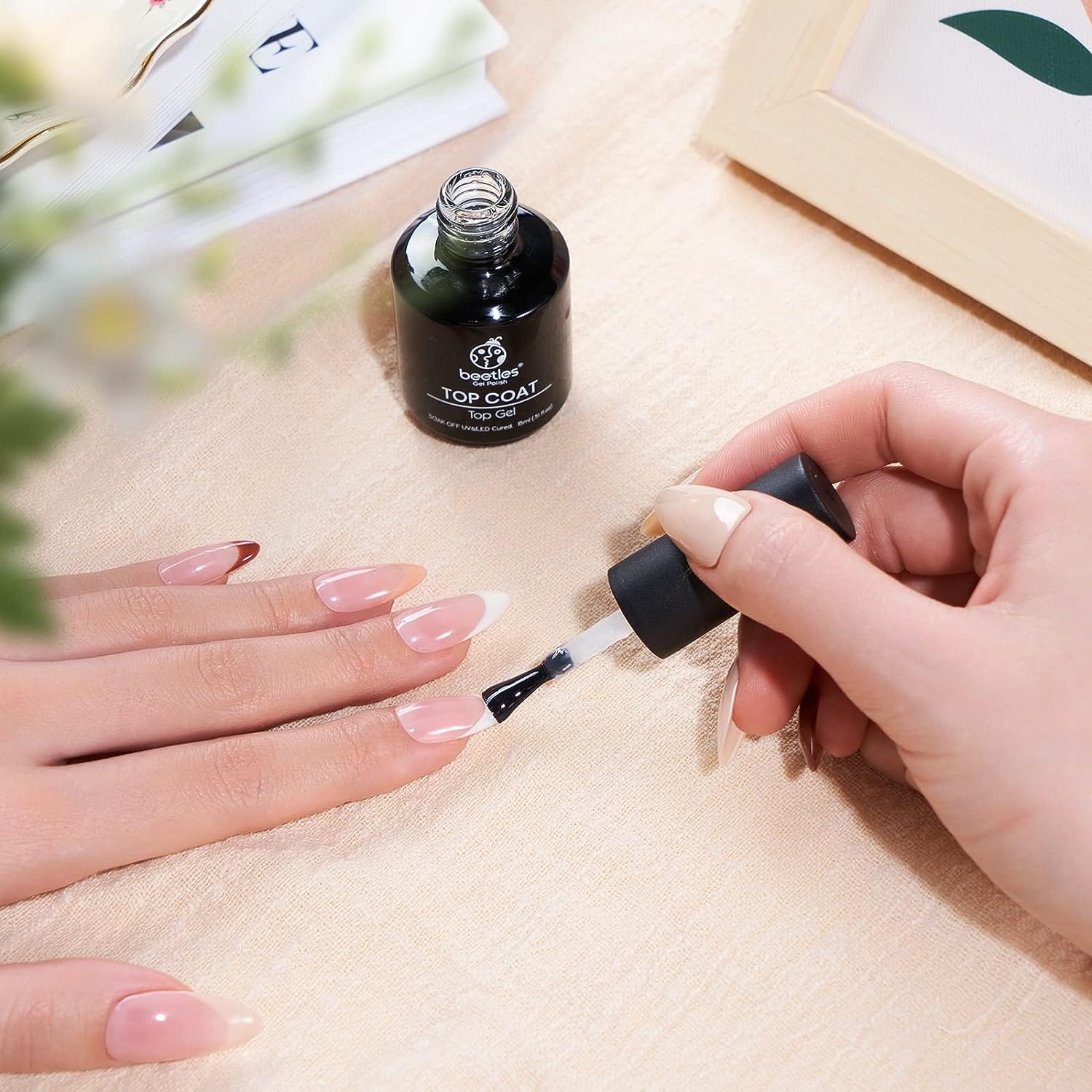
The number of coats can affect the drying time. Two coats are standard for a full-coverage look, but with white gel polish, you might need an additional coat to prevent streaks. Remember, each layer needs to be thin and cured under the lamp to prevent a thick, uneven manicure that takes longer to dry and is prone to smudging.
The Role of the Top Coat
A top coat is essential in sealing gel polish and providing that high-gloss finish. After applying your white gel polish and curing it, finish with a top coat and cure it. Top coats are designed to protect your manicure and ensure it's completely dry and long-lasting.
Drying Time: The Final Countdown
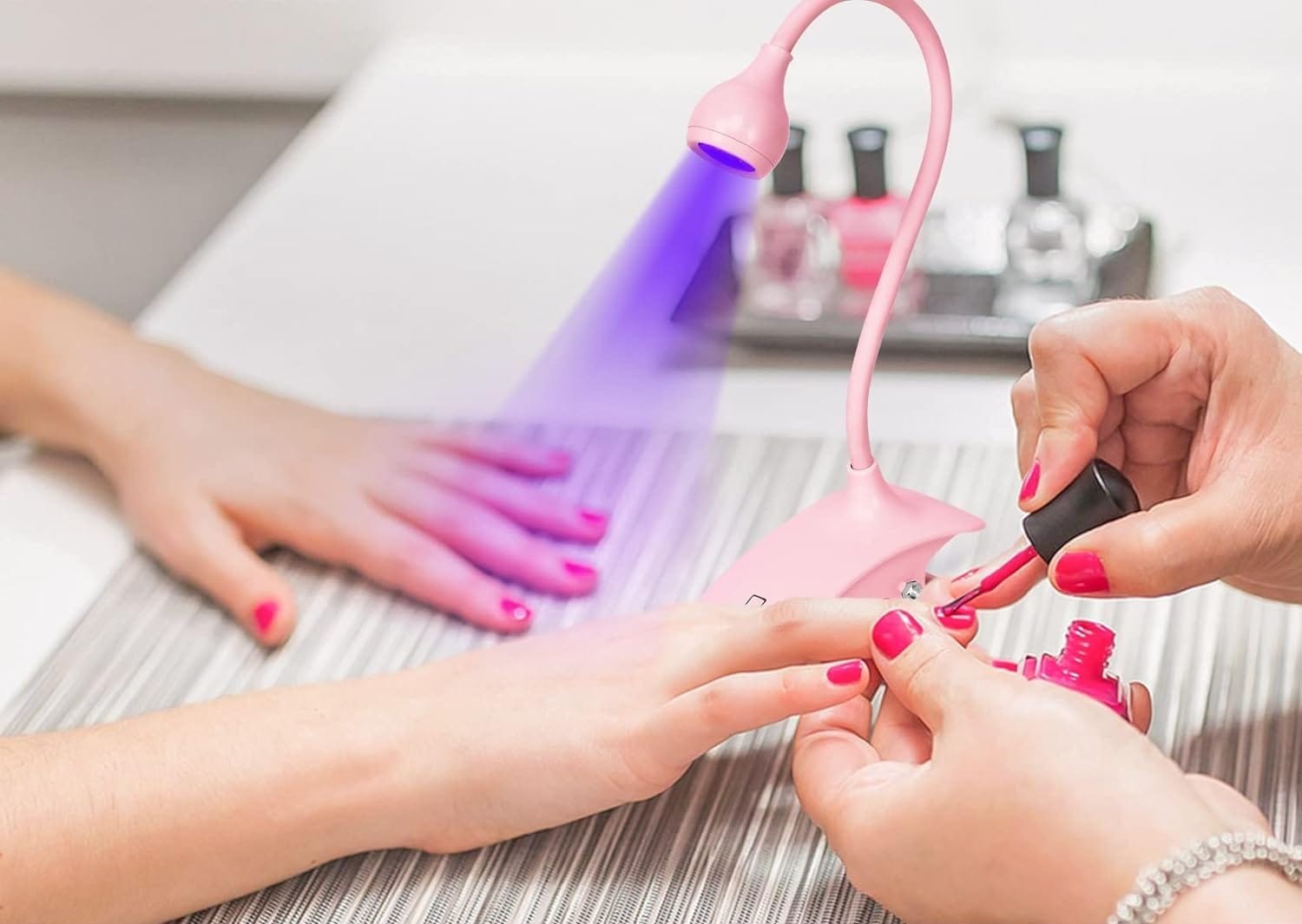
So, how long does white gel nail polish take to dry? With an LED lamp, you're looking at approximately 30 seconds to a minute per coat, including the base and top coats. Using a UV lamp, the process can take up to two minutes per coat. This means that for a manicure with a base coat, two coats of color, and a top coat, the total drying time could range from 2 to 8 minutes.
Maximizing the Lifespan of Your Gel Manicure
How to Ensure Your Gel Nails Last Longer
Let's talk about longevity because who doesn't want their manicure to last as long as possible? First, how you treat your nails after they're done is crucial. Avoid soaking your hands in water for prolonged periods, especially right after your manicure. Water can cause the gel to lift from your nail beds. Instead, wear gloves when doing dishes or cleaning. Also, apply cuticle oil regularly to keep your nails hydrated. Hydration is not just good for your skin; it's a game-changer for maintaining a chip-free, long-lasting gel manicure.
The Impact of Daily Activities on Gel Nails
Your daily routine can be a minefield for your fresh gel nails. Typing, texting, and just about any activity that puts pressure on your tips can lead to premature chipping. To protect your manicure, be mindful of how you use your hands. Use the pads of your fingers instead of your nails to press buttons or screens. And here's a pro tip: when opening cans or anything that requires prying, grab a spoon or a similar tool to do the job. This way, you're not putting undue stress on your beautiful white gel polish, ensuring it stays pristine for longer.
The Science Behind Gel Nail Polish
Understanding the Chemistry of Gel Polishes
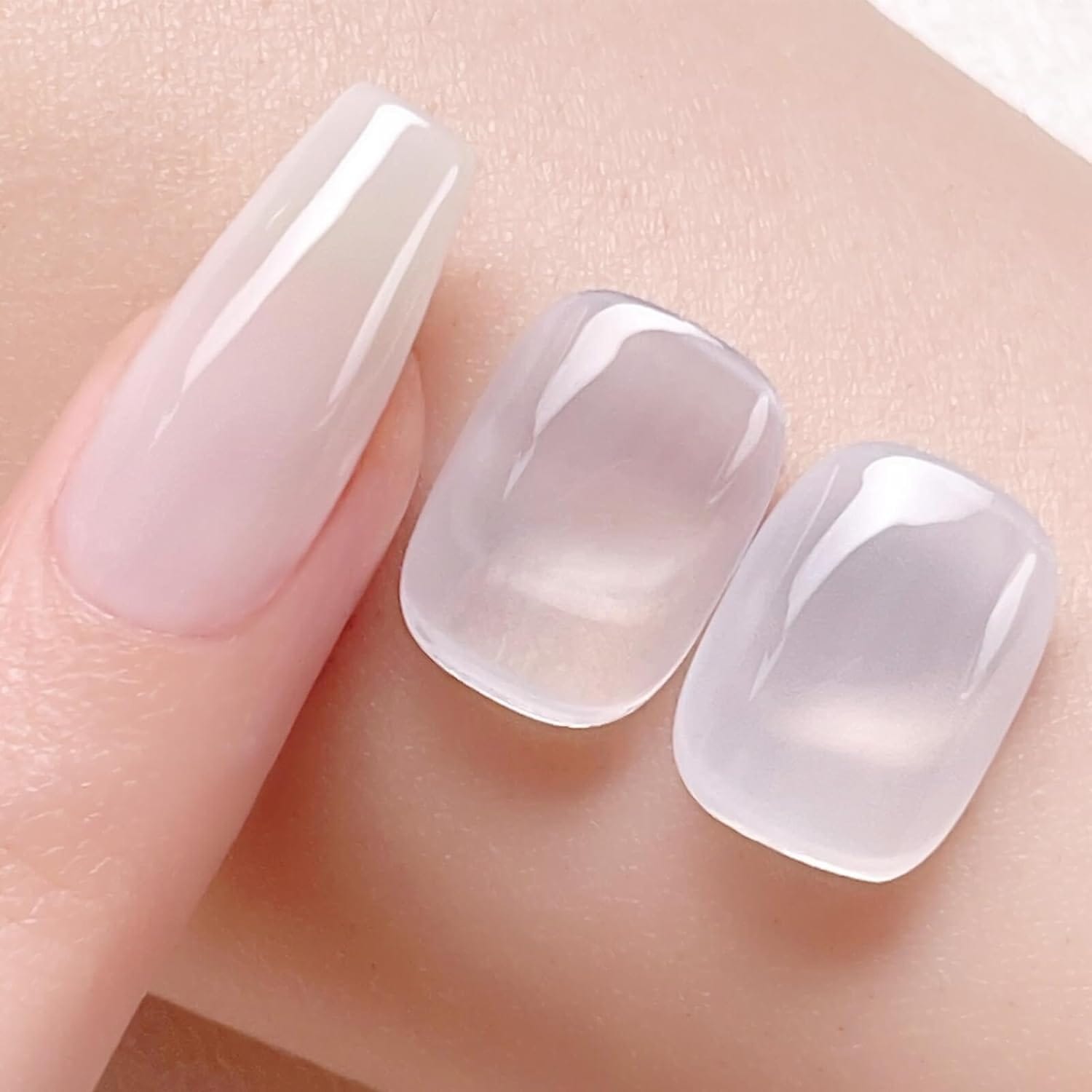
Diving into the science of gel nail polish can be as fascinating as watching your nails transform under the UV or LED lamp. Gel polishes contain photoinitiators that spring into action when exposed to UV light, leading to a process called 'curing.' This isn't just drying; it's a chemical reaction that turns the liquid polish into a hard, durable coat. That's why gel nails are known for their resilience and glossy finish. Unlike regular nail polish that dries through evaporation, gel polish sets through this curing process, which is why it's so crucial to have the right lamp and use it correctly.
The Role of Photoinitiators in Gel Nail Polish
Photoinitiators are the unsung heroes in your bottle of gel polish. When you apply polish to your own nails and cure them under a UV or LED lamp, these photoinitiators absorb the light and break down, starting a polymerization reaction. This reaction links the molecules in the gel together, creating a hard, durable network. It's like a microscopic construction crew working at lightning speed to build a protective shell on your nails. This is why gel nails don't just air dry; they need the right wavelength of light to kickstart this complex process, leading to that rock-hard, shiny finish we all love.
Tips for a Quicker Drying Time
To speed up the drying process, ensure each layer is thin and even. Thick layers take longer to cure and are more likely to lead to imperfections. Also, ensure your lamp's bulbs are in good condition, as worn-out bulbs can extend the curing time.
Aftercare: Protecting Your Gel Manicure
Once your nails are cured, there might be a sticky residue left behind. Use a cotton pad soaked in nail polish remover to wipe it off gently. Apply cuticle oil to hydrate your nails and cuticles, giving your manicure a professional finish.
Troubleshooting Common Drying Issues
If your gel nails aren't drying properly, check if the lamp is compatible with the gel polish brand you're using. Also, ensure the lamp works correctly, and the bulbs are not due for a replacement. Be careful not to apply polish too close to the skin or cuticles, which can also affect the curing process.
The Importance of Regular Maintenance
To keep your white gel polish looking its best, avoid using your nails as tools, which can cause chipping and peeling. On a daily basis, wear gloves when doing tasks that could damage your manicure, and reapply a top coat every week to maintain the shine and protection.
Creating Nail Art with White Gel Polish
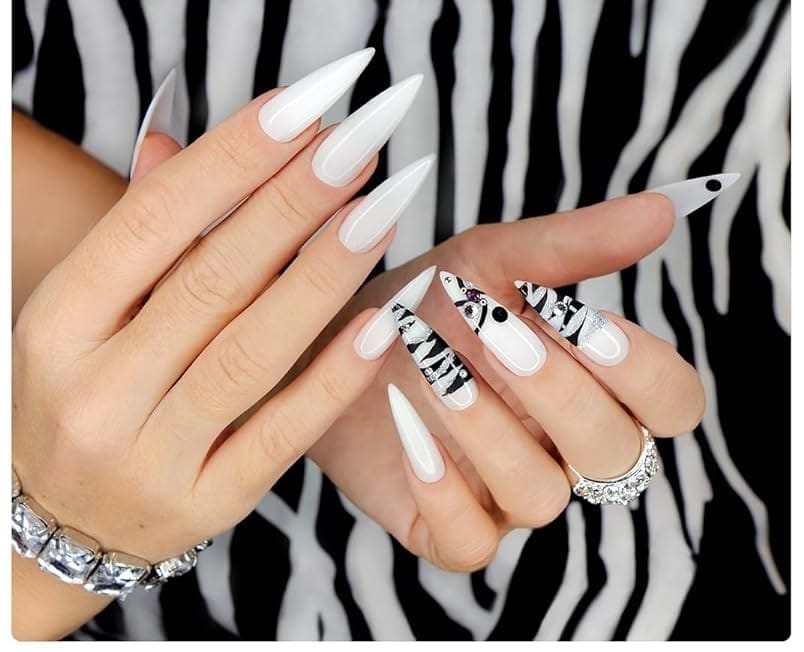
White gel polish serves as a perfect canvas for nail art. Once your base color is cured, you can add designs with other gel polishes. Each element of your design must be cured under the lamp, so factor this into your total drying time.
DIY Gel Nails at Home
Doing your own nails at home can be a fun and cost-effective way to maintain your manicure. Invest in a quality LED or UV lamp, and follow the same steps as nail salons to achieve professional-looking nails. Be patient with the drying process to ensure your nails are fully cured and ready to show off.
The Verdict on Drying Time
In conclusion, the drying time for white gel nail polish can vary depending on the type of lamp used and the number of coats applied. With proper technique and equipment, you can achieve a flawless, dry manicure in minutes.
Summary
White gel nail polish requires curing under a UV or LED lamp to dry completely. The drying time can range from 30 seconds to two minutes per coat, depending on the type of lamp. Proper application and regular maintenance ensure a long-lasting, smudge-free manicure. With the right tools and techniques, you can enjoy a beautiful white gel polish manicure with minimal drying time.
FAQ Section
Can white gel nail polish air dry without a lamp?
No, white gel nail polish cannot air dry like regular nail polish. It requires a UV or LED lamp to cure and harden properly.
How can I tell if my white gel nail polish is completely dry?
Your white nail polish is completely dry when it's no longer tacky to the touch after being cured under the lamp. If there's a sticky residue, wipe it off with a nail polish remover-soaked cotton pad.
What should I do if my gel nails are not drying under the lamp?
Ensure that you're using the correct type of lamp for your gel polish, that the lamp is functioning properly, and that the bulbs are not expired. Also, check that you're applying thin, even coats and not getting polish on your skin or cuticles.
